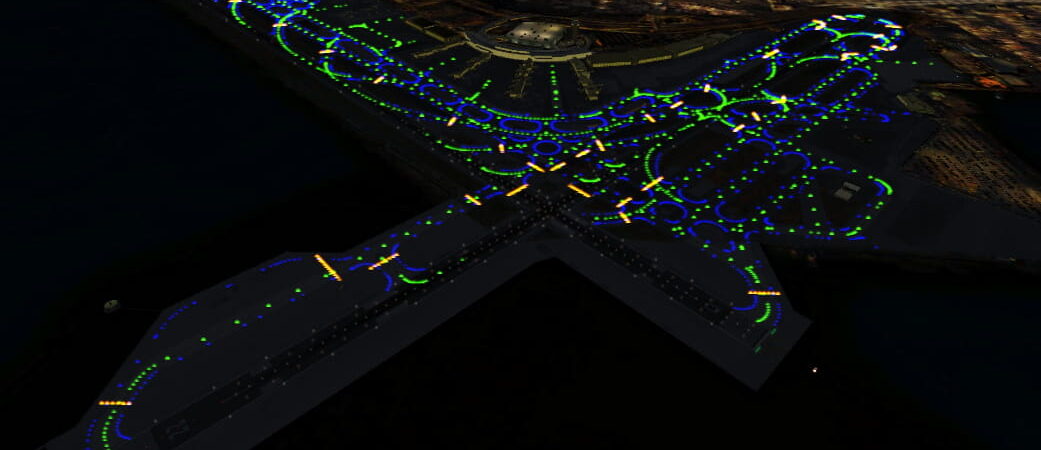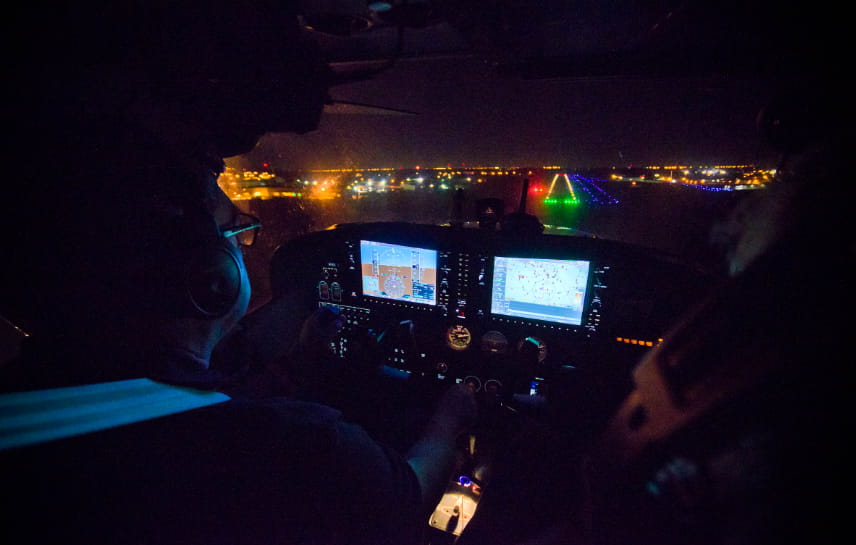
In the aviation industry, new technologies are constantly being developed to improve safety and efficiency. Pilot-controlled lighting is one such innovation that is taking off in the industry. This system allows pilots to control the runway and taxiway lighting from the cockpit, eliminating the need for ground personnel.
It is a safer and more efficient way to operate runway and taxiway lights. It also reduces the need for ground personnel, which can save airports time and money.
If you are an airport or an airline, pilot-controlled lighting is a technology you should be aware of.
It’s a safer system:
Pilot-controlled lighting provides pilots with better visibility when they are landing or taking off at night. The pilot has a clearer line of sight because there are no obstructions between them and the lights on the runway or taxiway. This makes it easier for them to see obstacles that they might otherwise not notice in low visibility conditions (such as fog).
It saves time:
With pilot-controlled lighting, the buttons are in the cockpit, allowing pilots to turn off or on the lights as needed. This means airplanes can take off or land more quickly because they don’t have to wait for ground personnel to press buttons before takeoff or landing. This saves both airlines and airports money because they don’t have to pay employees as much overtime during busy times like holidays or weekends.

It saves money:
In addition to saving time, pilot aviation lighting control also cuts down on costs. It eliminates the need for ground personnel, which saves airports money by reducing their operating expenses. Airports can also reduce their maintenance costs because they do not have to hire contractors or workers anymore. This means more savings for you as a passenger or airline.
It reduces the need for ground staff:
One of the biggest reasons How Pilot-Controlled Lighting Is Taking Off In The Aviation Industry pilot-controlled lighting is that it reduces the need for ground staff at airports. Pilots can control runway lights from their headsets via radio communication with air traffic control (ATC). They tell ATC when they want their lights turned on or off and ATC relays this information to control tower staff who then turn them on or off accordingly.
Conclusion:
At this point in time, pilot-controlled lighting is only available for some LED lights. However, it is becoming more and more popular in the aviation industry, with rising demand for such a system. Pilot-controlled lighting is not yet the standard for the industry, but it does appear to be gaining traction. We hope you have enjoyed reading about this beneficial innovation that is taking off in the aviation industry.

